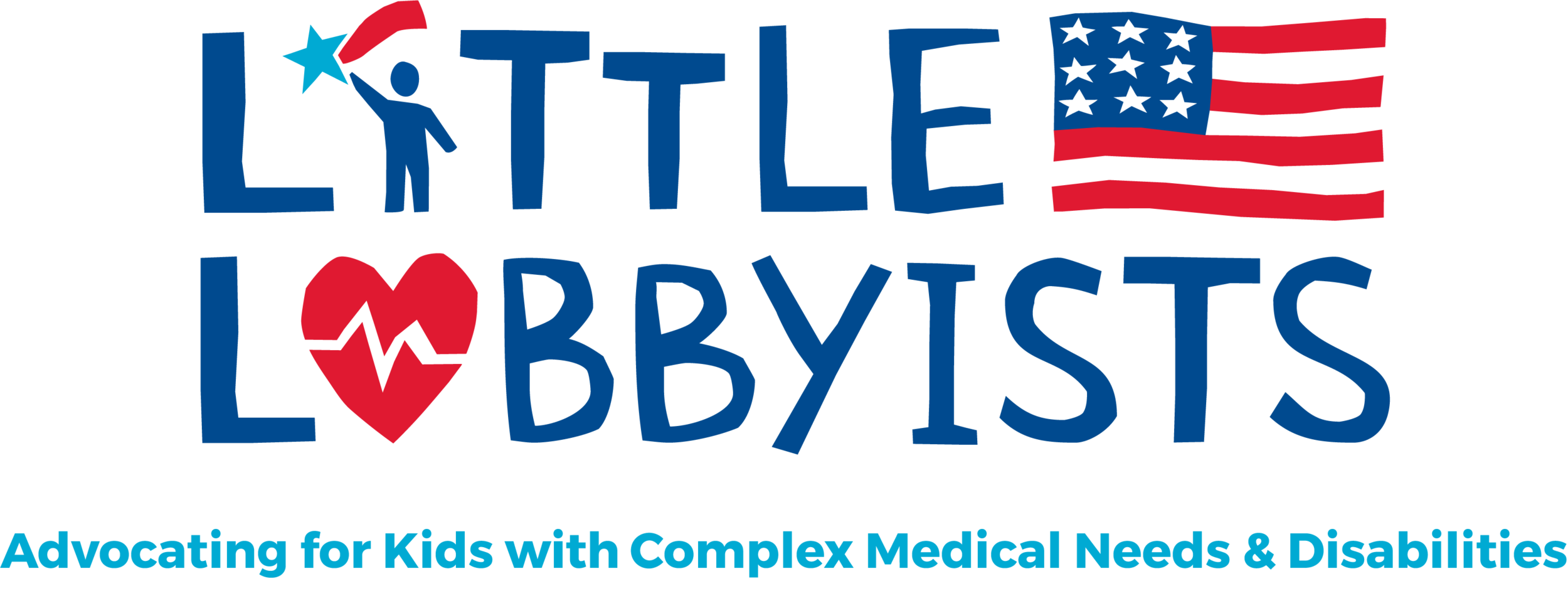It Is Time to Legalize Cannabis (by Erin Gabriel)
Abby had a history of seizures, but this one was very different.
The snow had been falling steadily outside the window as another winter storm moved in over our rural town in western Pennsylvania. My husband, a pilot, was away on a business trip, and I was just getting my preschooler ready for bed after a long warm bath. It felt like a perfectly cozy winter night. I laid her down on her bed, wrapped in a soft bath blanket, while I picked out some pink pajamas with little polar bears on them. As I looked back at her I saw it. Her body was stiffening and shaking while her eyes were vacant. It only lasted about 30 seconds, but it felt like an eternity.
After that night, Abby’s team started documenting more and more seizures. Her neurologist believed she was having upwards of 30 seizures a day that we just weren’t able to see. Her team started to warn of seizure progression. So we hopped on the merry-go-round of medication trials. One after the other. Carefully weaning onto and then off of each one. One made her sleep all day, and the next showed no seizure control at all. A third made the seizures worse, and so on.
Abby lived her life in the fog of the nearly continuous seizures, combined with the medication-induced fog of whichever drug we were trying now. We finally settled on one, but we had to continually increase the dose and Abby lost weight and seemed regularly more tired, as the medication stole her appetite and energy.
Photograph of Abby, a 6 year old girl wearing an Elsa nightgown, glasses and bandages around her head wrapping up EEG wires while sitting in a chair next to a hospital bed holding Mickey Mouse and Minnie Mouse dolls.
As Abby’s seizures progressed, we decided to add CBD, and, later, THC, the two main components of cannabis. The effect was dramatic. The seizures all but disappeared. A year and a half after adding THC, her team at a world-renowned medical center decided to try taking her off of her pharmaceutical medication. In order to do this safely, she had to be admitted as the medicine slowly worked its way out of her system. They kept her hooked up to IVs and a continuous EEG for the entire admission--just in case, they told me. They wanted to be able to intervene quickly. They slowly titrated down and eventually stopped her medication. Then we watched and waited.
Stopping a pharmaceutical epilepsy medication can be very similar to weaning someone off of heroin or other opioids. These medications are powerfully addictive, and the risks of stopping them suddenly include triggering massive seizures or even death. Cannabis is not physically addictive. You can safely stop taking it without any adverse reactions. Once Abby’s team felt satisfied that it was safe to discharge her, they sent her home with instructions for only one medication--the one that they said was the safest and most effective for her--medical cannabis.
With the pharmaceutical drug out of her system, she became more alert, got her appetite back, and friends and teachers immediately started commenting on how different she was-- more engaged, more alert, happier, and more energetic. After spending half of her life on a medication that was sapping her of energy, we were suddenly treated to the full feistiness of our spunky little one, and it was amazing.
We cannot cross state lines with Abby’s cannabis while it is federally illegal. When we started her on THC, it was with a letter from the state of Pennsylvania guaranteeing safe harbor inside state lines, but nowhere else. Many families, including ours, use cannabis not just as a regular daily medication, but often a rescue dose during a seizure. Leaving it at home is not always an option.
Traveling with medical cannabis presents a host of legal challenges--especially if you happen to cross state lines. Documentation requirements vary from state to state and can be a major barrier to care for many families due to the fees, required background checks, and even banking rules involved. These requirements exist because medical cannabis is still illegal at the federal level. The irony is that all that documentation isn’t required for far more potent medications. Without medical cannabis being legalized at the federal level, there is simply too much legal grey area for families--especially those who are already marginalized and at risk during a traffic stop as we have seen too often.
Families often have to balance the benefit of a potentially life-saving medication with the risk of losing custody of their medically complex child, and, in some cases, even going to jail.
No family should have to choose between their child’s health and unjust legal consequences. It is time for our legislators to legalize medical cannabis at the federal level so that our children can have full access to the medication they need to not only survive, but thrive.
Erin Gabriel is the National Director of Advocacy for Little Lobbyists, and State Chapter Leader for Little Lobbyists Pennsylvania. This story was shared with Abby’s permission.
Photograph of Abby, a little girl with brown hair and glasses, now age 11, wearing a pink life vest, seated in the front of a boat on a river, with her hands up in the air and laughing excitedly as though on a roller coaster ride.


